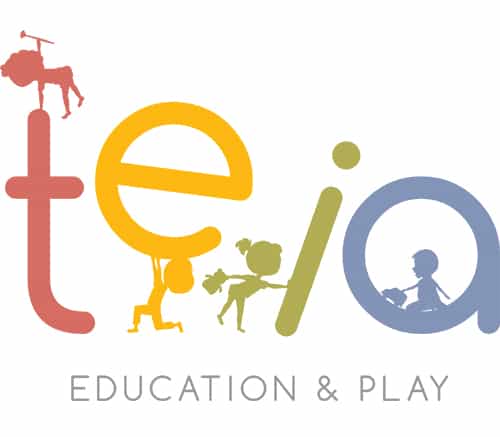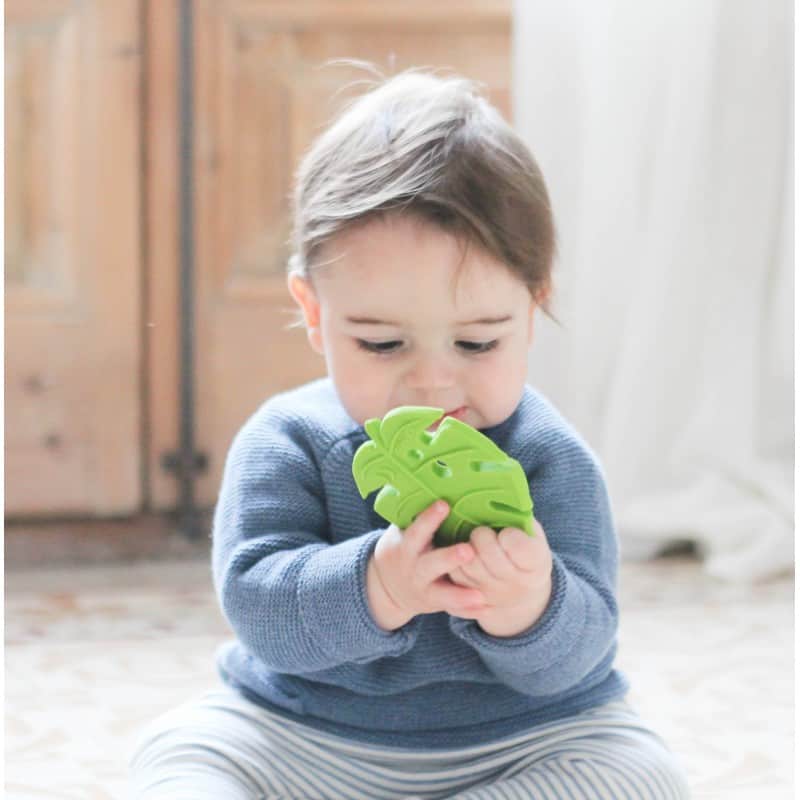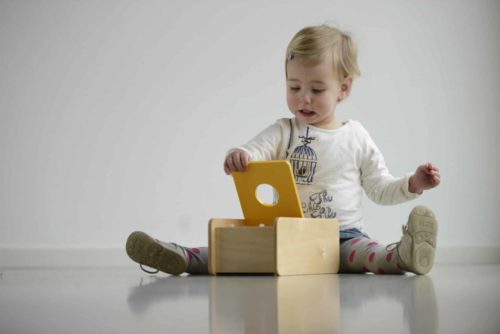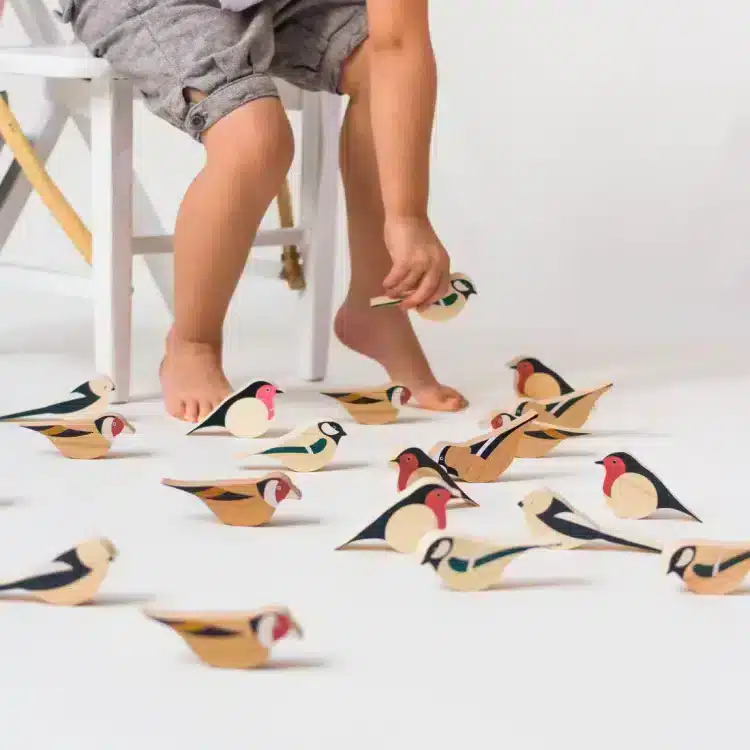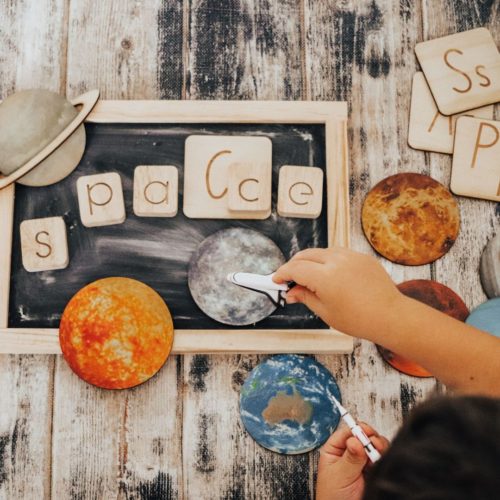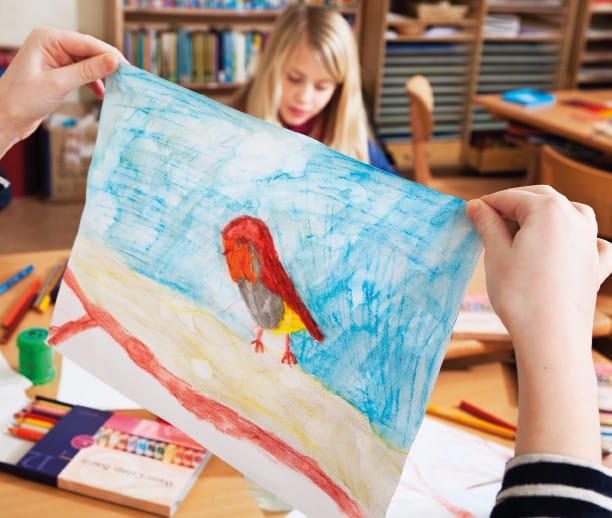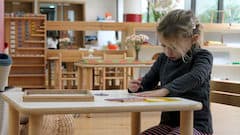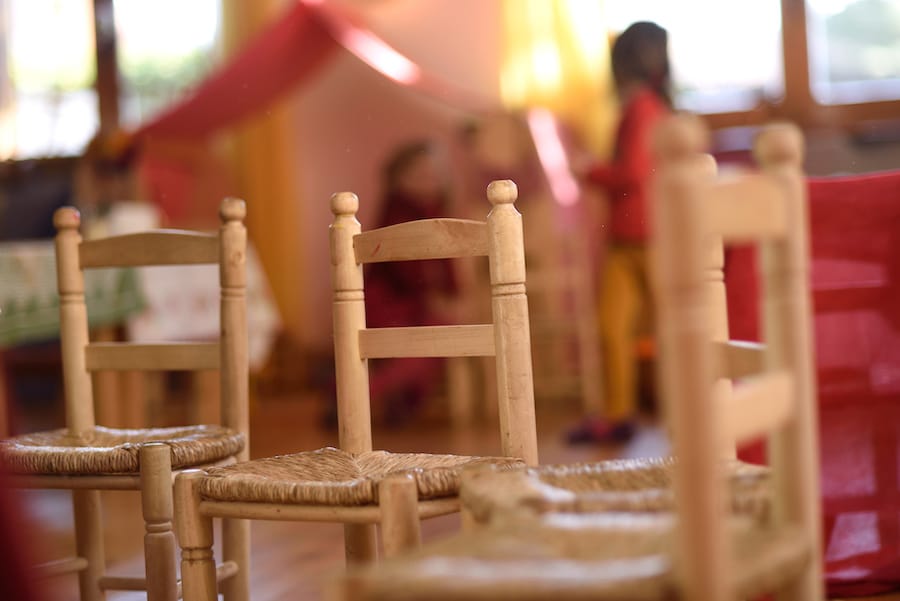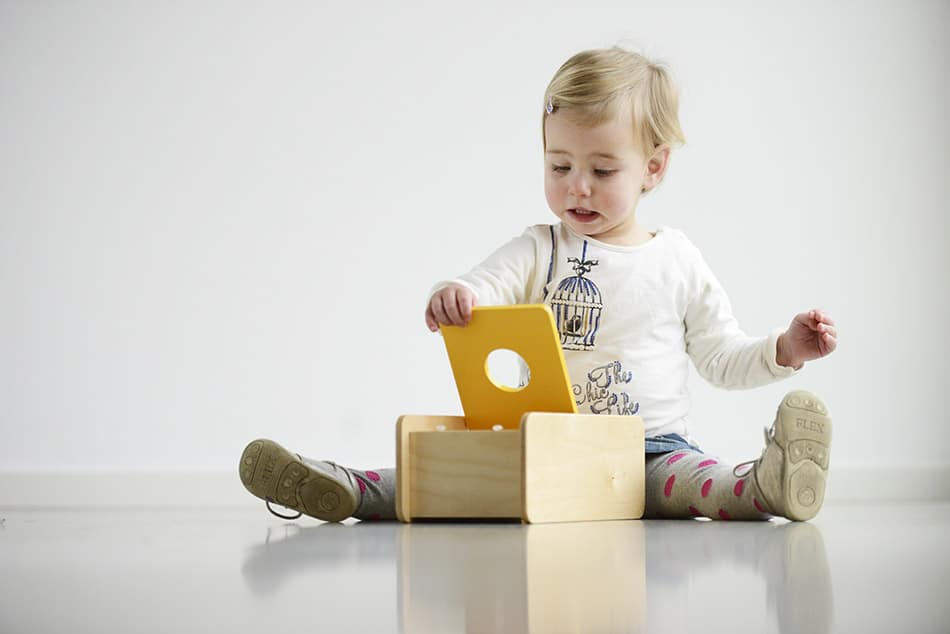Education at home, Education Methods, Educational Toys
Raising a Montessori toddler
Anybody who is raising or has spent time with a Montessori toddler, or any toddler for that matter, will understand the utter joy and excitement that they bring to any and every situation. Their curiosity is completely unmatched and almost enviable from an adult’s point of view. To be so enthralled with the world and excited to learn can be infectious!
However, despite their development and wider awareness of the world compared to the infant stage, they are still learning and growing which can come with its own set of tribulations, limitations and “big feelings.”
It is never too late to incorporate Montessori principles into your home learning environment for your toddler. Even if you didn’t start this learning journey from the very beginning, the Montessori method can be introduced from the age of 18 months and onwards, with ease.
What is the Montessori method for toddlers?
The Montessori pedagogy is based on the belief that all children are born with a unique set of talents and capabilities, and it is the adults in their lives who provide them with opportunities to nurture these into strengths. This Montessori principle can be very easily translated into the home learning environment and applied to everyday life with your toddler.
The key importance of raising a Montessori toddler is to allow them to develop at their own pace, guided by their own interests and by giving them the space, tools and trust to be passionate about their own learning journey.
On an academic level, the learning objectives for the toddler age group focus on continuing to develop language and problem-solving skills, building concentration levels, gaining physical coordination and implementing visual discrimination. These goals can be easily achieved through Montessori-based activities that are both enjoyable and educational for both parent and child.
How to create the perfect Montessori environment for toddlers
As a child develops and grows, so does their mobility which allows them greater freedom to explore their environment – not just their immediate surroundings but further afield – and because of this, you’ll need to make various safety and learning modifications.
This will account for their need for increased space to encourage their exploration skills and natural curiosity of the world. To address this, there are a few key, but simple, things you can do to create the perfect Montessori learning space for your toddler.
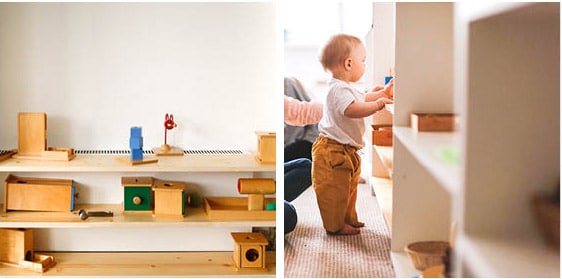
Clear space, declutter & thoughtful furniture
Firstly, declutter and simplify the environment as much as possible. Toddlers need clear spaces to move around and explore, without too many distractions.
While you don’t have to fully kit your home out in Montessori-approved furniture, some key pieces can provide a wonderful addition to your space. Choosing thoughtful, sustainable, durable furniture, can help support the perfect environment for learning while also giving peace of mind that the pieces selected will withstand the stresses and strains of toddlers’ “testing”. Carefully thought out items such as this wonderful toddler mirror from Educo, offer simple decoration, engagement and a chance for children to develop skills without having too much “stuff”.
Montessori shelves, tables and work stools are adapted to toddlers needs allowing them to learn to be independent as they do not rely on adult intervention. Weaning chairs for this age group are low to the ground and have an adapted seat height and a deeper seat to further enhance the toddler’s stability. They also are formed in a way that the toddler is `pushed` to sit in the right position, instead of sitting on the edge of the chair.
Strategic shelving
Montessori classrooms for toddlers are often filled with low shelving units containing only a few carefully curated materials or Montessori inspired toys, and the same principle can be applied at home. They are lower in height and smaller in size and allows both the toddler and parent to see through the shelves while maintaining a safe barrier. Choose a corner of a room or an empty wall where you can place some Montessori materials at your toddler’s level – shelves aren’t essential, but it’s a great way to really keep the space tidy and organised.
Toddler level
As mentioned in the previous point, positioning carefully curated materials, toys and books at a lower level will encourage a toddler to help themselves. If you categorise or use different containers or baskets, a child will soon learn that everything has a place. An important lesson that children should learn from an early age as it will help when trying to get your child to tidy up in later life plus it gives a sense of order in the world.

Multi-use trays
Trays are another wonderful way to organise and categorise toys and learning for the Montessori toddler. One wonderful way to use them is to create a selection of trays that represent each season, they can be selected as individual wooden trays or in sets of two wooden trays. Populate your trays with resources that you have both collected during an exploration of your outside environment which incorporates additional learning opportunities.
Toy and material rotation
Rotate your learning selection on a periodical basis – every two to three weeks is the suggested timeframe. and this will help to keep a child interested in the resources on offer at any given time. It’s good to provide a range of items such as puzzles, practical life skill materials and other Montessori toys, without having too many out at once.
Offer opportunities for a wide range of activities
One of the things that toddlers love to learn is practical life skills and doing “grown-up” things. This includes activities such as cooking, cleaning, reading and puzzle-solving, and offers important fundamentals for lifelong learning.
However often at this age, a child has started to develop interests in particular areas – creative and artistic, reading, vocal communication, nature or animal-loving, for example.
With this in mind, as a parent or educator, you would populate their shelves with appropriate learning resources to encourage the development of their interest in these areas. By having enough opportunities for children to express these different interests, we can allow them to guide their learning and development in a natural, organic way.
Encourage independence both at home & away
Encourage your toddler to get involved in meal and snack times by preparing tasks like washing, peeling – and when they are more confident, cutting or slicing vegetables and fruit.
Getting them involved gives a child a sense of involvement, pride, independence and importance. Mealtimes are key activities that take place each day and often involve the whole family so encouraging a younger child to help is important to building the family bond and creating independence.
The older a child grows, the more involved they can get and the more responsibilities you can allow them to take on. One way of getting them to be more involved with chores as they get older is by encouraging them to help with taking care of their environment with items such as the Nienhuis Montessori practical life stand.
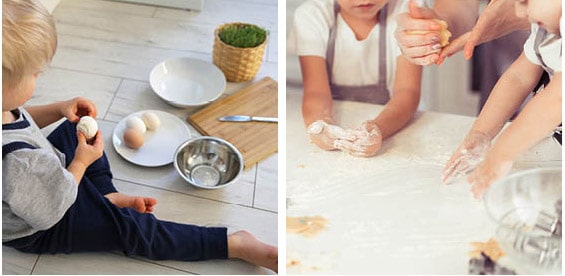
Offer an visually engaging environment (without overstimulation)
You can create environmental visual stimulation for the Montessori toddler by hanging interesting art or photography on the wall at eye level. This is a perfect way to help stimulate creativity and imagination. However, be aware that the Montessori methodology encourages a peaceful and calm environment, so be careful not to have too many images or jarring visuals.
Incorporate developmental milestones
Potty or toilet training usually happens during the toddler phase, so to have greater success in this area, you will need to be mindful of extending your learning activities to incorporate the bathroom. You can achieve this by positioning baskets of books and toys within easy reach and hanging creative visual stimulation on the walls.
You can also encourage greater independence and self-sufficiency by investing in a footstool so a toddler can reach the sink and toilet on their own. Nienhuis Montessori also offers this wonderfully durable handwashing table – items like this really help encourage independence and give children a sense of ownership!
Recognise what is Montessori and what isn’t
With many toys and resources out there claiming to be Montessori or Montessori-aligned, if you are concerned about whether or not a toy or item is truly Montessori then reading reference books and familiarising yourself with the core concepts is a must.
Some truly wonderful brands that are true Montessori include Nienhuis Montessori and Gonzagarredi Montessori and for Montessori books the Montessori-Pierson Publishing Company. All three of these companies are certified by the Association Internationale (AMI) and we are proud to be the flagship distributor in Switzerland for all three brands.
And also, to find out more about how to raise a confident, independent, curious and mindful toddler, we are excited to advise that we stock the insightful book by Simone Davis called ‘The Montessori Toddler’ which is available to order in our web shop.
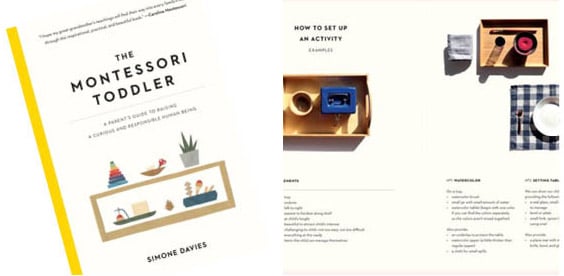
This book is a great supportive resource for anybody who is looking to teach their children and toddlers in the Montessori way, offering practical advice, answering questions and giving clear guidance on the best practices for Montessori education for small children.
If you have any further questions at all about the book, the resources and items mentioned in this article or anything else to do with Montessori education, please do get in touch with us and we will do our best to help!
